#BI4Gov: How a small, but deeply engaged community can have HUGE impact
How a new Twitter account with no followers and no paid media budget got a niche topic trending and reached over 2 million people in less than two weeks.
This case study is about how a new Twitter account with no followers and no paid media budget got a niche topic trending and reached over 2 million people in less than two weeks.
In late 2018, Treeshake helped launch #BI4Gov, a conference focused on how to use behavioural insights to successfully shape and implement policy, in a socially beneficial way. Through a partnership between the Western Cape Government (WCG) and the Organisation for Economic Co-operation and Development (OECD), experts from throughout the world came together to discuss the ins and outs of using BI in Government.
Starting with a brand new account with no followers on Twitter, and just two weeks to launch we knew that we’d be reliant on the voices of others with larger followings.
The first step was to set up the account to look as credible as it was - partner logos, clean design, and 3 high quality posts were set up. We then sent the page around to the team of collaborators and asked them to engage with the posts and follow so we’d have a bit of traction.
The next step was to tap into BI communities on Twitter, and identify thought leaders. We directly engaged around 60 followers ahead of the conference and directly asked them to follow us and help us get the #BI4Gov discussion going. We did this by email and direct message rather than publicly.
We found the BI enthusiasts supportive, warm, and welcoming to a new entrant to the space - this is partly thanks to declaring our agenda upfront, having the backing of the OECD, and introducing ourselves directly to the main thought leaders. This got the conversation rolling, and even with a relatively small following, everything we posted got a response.
The official Twitter account quickly gained around 150 followers. Without any paid advertising budget, we relied solely on consistent, authentic engagement with each member of the community. These followers were all highly skilled BI experts, each of whom had very strong links to the overall online BI community. This allowed for a higher degree of sophistication in the commentary and posts we put out, along with a much higher than average engagement rate.
On the day of the conference, the hashtag was visibly promoted at the conference, attended by around 300 people - many of whom had been contacted by the social media team ahead of time to let them know the importance of sharing their views. The result was that virtually everyone who attended participated in the online discussion, sharing substantive content that attracted public interest and media attention.
But it wasn’t all serious, either. As participants got to know each other, playful Twitter banter emerged in the form of ‘the sock saga’, with various speakers and organisers of the event comparing their funky sock choices. With the perfect mix of serious, insightful and fun, the #BI4Gov community blew us away with their deep engagement and commitment to the conversation.
Most importantly, the conference and public support for the issue has led to the establishment of South Africa’s first Behavioural Insights Unit in Government - #BI4Gov is here to stay.
The main take away from this? A small group of deeply engaged people can make a huge impact. Inspired by Cultural Anthropologist Margaret Mead, this is something we call The Mead Principle:
The Taste Gap
So many of us get into social media because we admire the work of creatives in the field, the brilliant memes, the awe inspiring videos, the perspective altering tweets. But there’s a gap when we start. What we produce doesn’t live up to our own expectations. Ira Glass’ insights on the creative process remind us to push through the frustrating beginnings of creative work, and keep working until what we produce reflects our good taste
Recombiner
So many of us get into social media because we admire the work of creatives in the field, the brilliant memes, the awe inspiring videos, the perspective altering tweets. But there’s a gap when we start. What we produce doesn’t live up to our own expectations. Our taste exceeds our ability.
“A lot of people never get past this phase," notes Ira Glass because they succumb to the disappointment of producing work that doesn’t match up to the sky-high expectations set by their taste. Every creative has at least once considered packing it in and pursuing the most un-creative career trajectory possible, simply to avoid the heartbreak of knowing their work doesn’t quite cut it.
by Recombiner
“In the beginning, and for a while afterwards we know our work doesn’t have this special thing that we want it to have,” says Glass. “We all go through this. And if you are just starting out or you are still in this phase, you gotta know it’s normal and the most important thing you can do is do a lot of work. It is only by going through a volume of work that you will close that gap, and your work will be as good as your ambitions. It’s gonna take a while. It’s normal to take a while. You’ve just gotta fight your way through.”
It’s tempting sometimes just to stop trying to be excellent, to start filling the content calendar with “content” rather than striving for the breakthrough executions that get noticed and engaged with. So even as you cringe at your first attempts, recognise the taste gap. Then get back to writing your headline 25 times until it’s as catchy as it can be.
And maybe - if you work damn hard at it - your ability will catch up with your taste.
Ira Glass on the Creative Process:
Related Skill
Book a course related to this article:
The 5 types of influencers you should work with
For the past two years Treeshake has helped Water Advocate Mina Guli get her message out online. For the launch of her latest campaign, Running Dry, we gained the support of influential leaders on social media to reach over 18m people online in a day . Here's how we did it.
Influencer marketing can be one of the most powerful ways to get people interested in an issue. Simply put, it's about getting people of influence to speak about your brand. But it's more than a tactic - considerations include making sure your campaign is actually worth talking about, and then making sure you involve the right influencers.
That's where our 5 types of influencers comes in. Most of the discussion about influencers is about a) number of followers, b) levels of engagement, and c) topic relevance. However, in practice we found that there's not ONE kind of influencer that's right for a campaign - there are FIVE. Namely, Pioneers, Amplifiers, Authorities, Participators, and Scalers.
We've shied away from the typical industry language of "brand influencers", "micro-influencers", "influencers", and "celebs" because those specifically refer to number of followers rather than the role the influencer plays in a campaign.
To illustrate how we work with these influencers, and explain the categories we'll use a live campaign example...
On World Water Day , 24th March 2018, Water Advocate Mina Guli announced that she will be running 100 marathons in 100 days for 1 reason: Water. We were tasked with getting this announcement out on social media, and ensuring that her message of water conservation came through as clearly as the message of ultra endurance inspiration.
Using our Social Media Fireworks approach, we reached over 18 million people. But as you'll see in this post, it is not only that we reached LOTS of people, it is that we were joined by the RIGHT people. Some of the most influential and credible players in the space of water conservation, sport, and business supported the launch on World Water Day by mentioning Mina's campaign directly as well as the #everydropcounts hashtag.
Here are the 5 types of influencers we message and try to involve when we do a Social Media Firework:
Pioneers
The first type of influencer we’re looking at are the Pioneers -- the cool people, the front-runners. Pioneers are plugged into the scene, they're passionate about the issues.
The idea is to let these people in on the campaign as early as possible. You may even get some good ideas from your Pioneers that will improve your message.
Ok folks - this is, as ever, another impressive effort by the amazing @minaguli . I have rarely met someone more committed to water. Go Mina!! #everydropcounts https://t.co/kTMFY8ia3I
— Giulio Boccaletti (@G_Boccaletti) March 22, 2018
By 2030 humanity will be short of water by 40%. @minaguli is running 100 marathons in 100 days to raise awareness.
— Aejaz Khan (@dotkhan) March 25, 2018
In relation to the RunningDry campaign, the Pioneer Influencers we reached out to were fellow water activists and users whose feeds consisted largely of water-related content. For RunningDry, we were lucky enough to be building on the #Run4Water campaign, where we spent months ensuring Mina was following the key Pioneers in the water crisis conversation, and often getting reciprocal follows as a result. This allowed the pioneer outreach for the RunningDry launch to be carried out a lot more easily, because we could simply look through Mina’s followers for the pioneer influencers, reach out to them via DM and often have their support based on this already existing relationship.
Amplifiers
The next type of influencer to consider is the Amplifier -- they are are interested in your topic, and have a high number of engaged followers. Generally called "Influencers" they often drive the highest volume of engagement and reach in a campaign. Generally speaking their following is in the range of 100k - 1m but just as important as their large reach is their clout as conversation leaders online (you can tell by their engagement rates generally).
The amazing @minaguli is an inspiration! @YGLvoices @CityofCT #EveryDropCounts 💦 https://t.co/Ej0DjKVGgW
— Lindiwe Mazibuko (@LindiMazibuko) March 22, 2018
"If water is life, surely water scarcity — which is going to affect all of us — should be on the front page." — @minaguli on why she started @Thirst4Water 💧 #WorldWaterDay pic.twitter.com/NMEfZjvEiz
— AM to DM by BuzzFeed News (@AM2DM) March 22, 2018
Authorities
Authorities bring an added level of trust and credibility to a campaign. We're talking about institutions like universities, leading non-profits in the space, academics, and experts on the topic.
Wow, stay hydrated. Go Mina!
— Peter Gleick (@PeterGleick) March 22, 2018
Good luck! Stay hydrated. Get in touch when you are done. https://t.co/9hInKl4IL1
— Seth M. Siegel (@SethMSiegel) March 24, 2018
For Running Dry our Authority outreach included accounts like the verified World Resources, to individual gatekeepers such as Seth Siegel, author of Let There Be Water. Their participation showed people that Mina is a trusted and credible campaigner in the space of water conservation.
Participators
Participators comprise the largest proportion of your followers. They are the people who choose to follow you simply because they like your content or what you're talking about. On aggregate, participators can be the most influential of everyone in your campaign. To gain the support of Participators you need to maintain a consistently high level of relevance and entertainment value. It also really helps to activate their involvement using other channels, such as email newsletters or calls for involvement on TV and radio interviews. And of course, acknowledge and thank people for getting involved and supporting - like posts, comment back, share.
Thanks for the moderate "impractical", Stephen. Generally, it's met with "mad" "impossible" ... but this is my 100%, all in 💧🌎
— Mina Guli (@minaguli) March 22, 2018
So right, Jenine, that's why I'm giving my all. 100% commitment: 100 marathons 100 days because #EveryDropCounts now
— Mina Guli (@minaguli) March 22, 2018
Scalers
The Scalers are Celebs with mega-reach because of their huge follower counts. Even a simple share or retweet from them can be a major boost. Having their support helps you take your campaign into the mainstream.
Relatively light engagement from celebrities including Maria Sharapova, Karen Davila, and Don Riddell brought the campaign into millions of people's timelines. These were unpaid endorsements based on the strength of Mina's story and the importance of her message.
Incredible. 👊🏻🙌🏻 https://t.co/VYQ7omHYIU
— Maria Sharapova (@MariaSharapova) March 22, 2018
It’s #WorldWaterDay! Please check out my friend @minaguli’s page! She has run the world - giving attention to the water crisis! 💦💦 https://t.co/R2kRRF4XpE
— Karen Davila (@iamkarendavila) March 22, 2018
Online and Offline Influence
Lastly, Mainstream Media and Social Media are a great compliment. It's always encouraging for news organisations to see that an issue is gaining traction online. So thanks to supporters like CNN's Don Riddel and Al Arabiya's Talal Al Haj, Mina's story was carried off social media and into millions of homes around the world by broadcast television.
Diplomatic Avenue - @MinaGuli talks to Al Arabiya's @TalalAlhaj on why she is running 100 marathons in 100 days to raise awareness regarding #watercrisis https://t.co/ccMqdoYt08 pic.twitter.com/bGKoNkD77D
— Al Arabiya English (@AlArabiya_Eng) March 31, 2018
Highlighting the perilous state of our global water supply, the amazing @minaguli is planning 100 Marathons in 100 Days: https://t.co/RN1RGc5wnP
— Don Riddell (@donriddellCNN) March 26, 2018
Improve your Visual Social Media
How to get better results from the pictures you post on Instagram.
This post is an ever growing collection of tips and insights to help you craft better images for your Instagram and Pinterest, as well as pictures on Twitter, Facebook and elsewhere online.
The Social Campaign Canvas
The Social Campaign Canvas helps you conceptualise a high interest announcement or event on social media that delivers measurable business or campaign value.
The social campaign canvas one-page framework that coaches you through 9 considerations to create an event on social media that gets noticed and delivers business value.
This post explains how the canvas works, and at the end you can click a button to download the .pdf to print out and use.
The Pillars
Dynamics
- Business Purpose corresponds with Content Conversion - i.e How do you ensure your content delivers on your business objective.
- Your Partners need to correspond with the Community - Partners give you access to your community, can give your credibility in that community, and help you with messaging and concept for the community.
- Your Values need to be expressed clearly in the creative Concept, this gives emotional consistency and depth to the campaign.
- Your Message is what you want to say, the Topic is what people are interested in talking about. Ultimately, you need to combine the two to ensure your message gets through in a way that's interesting a relevant.
- And at the centre of the canvas are your Audience. The reason we're doing the campaign is to get them to act, and so everything on the canvas should relate to them and what is most likely to work.
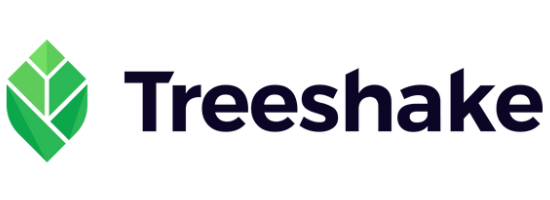









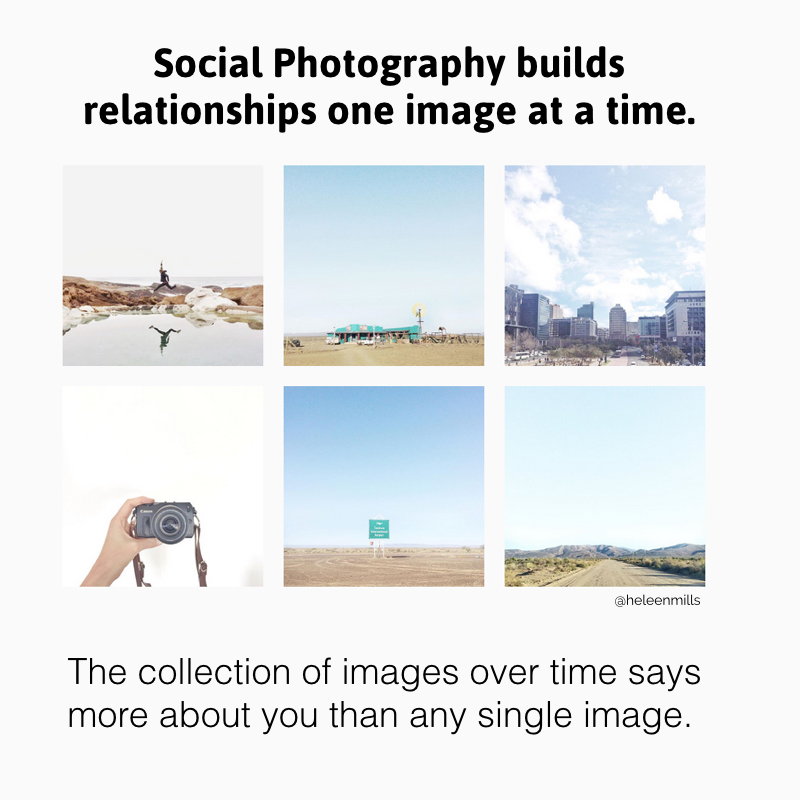
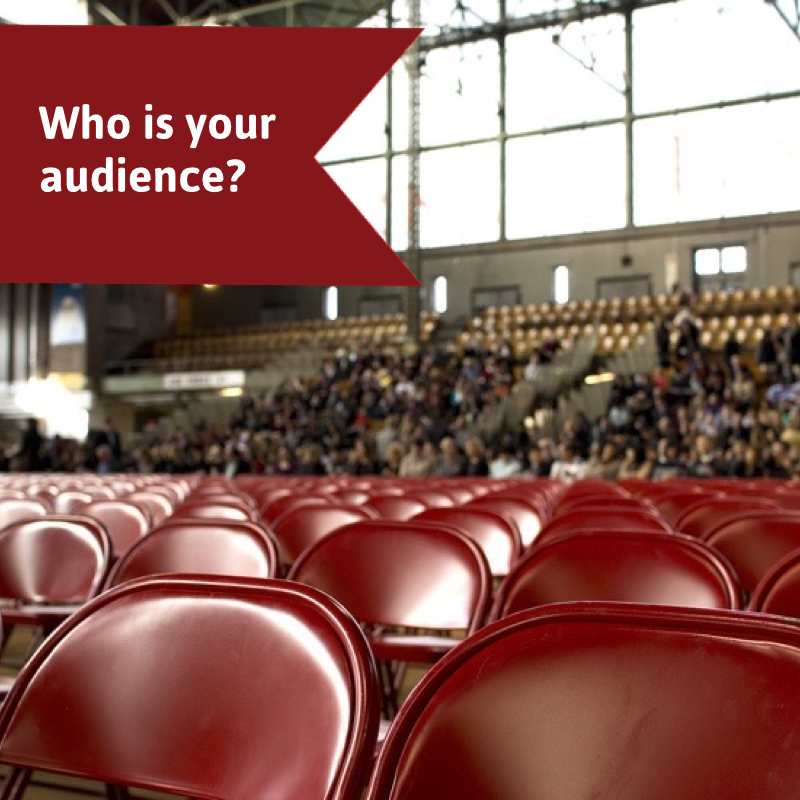

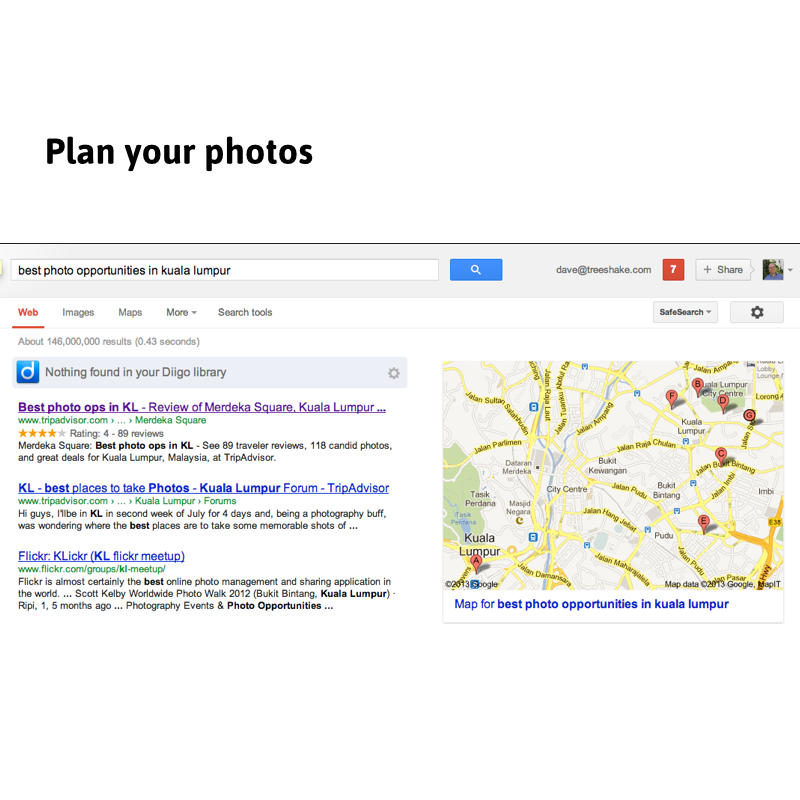

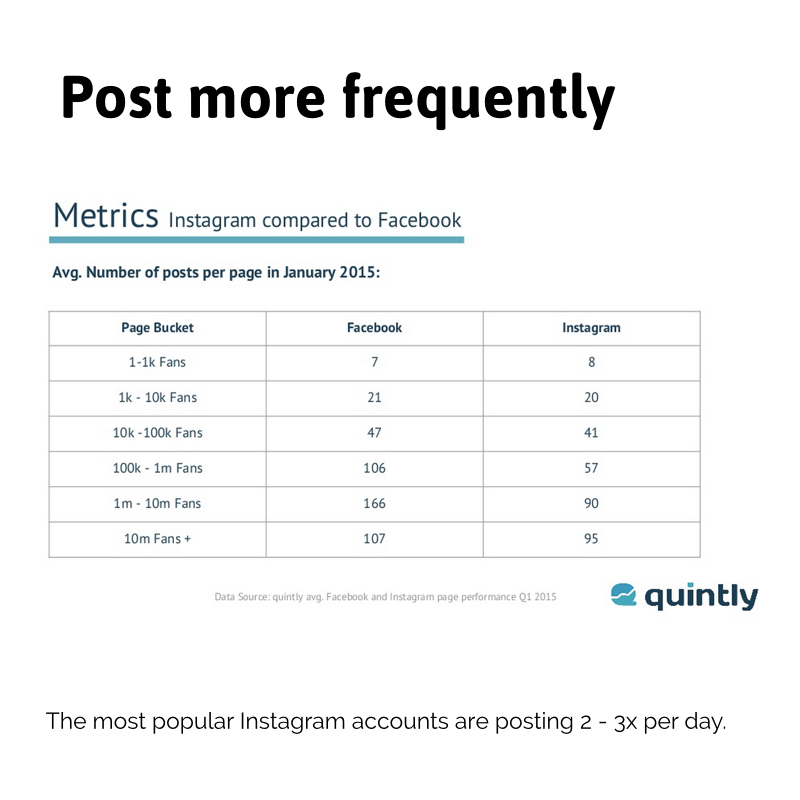
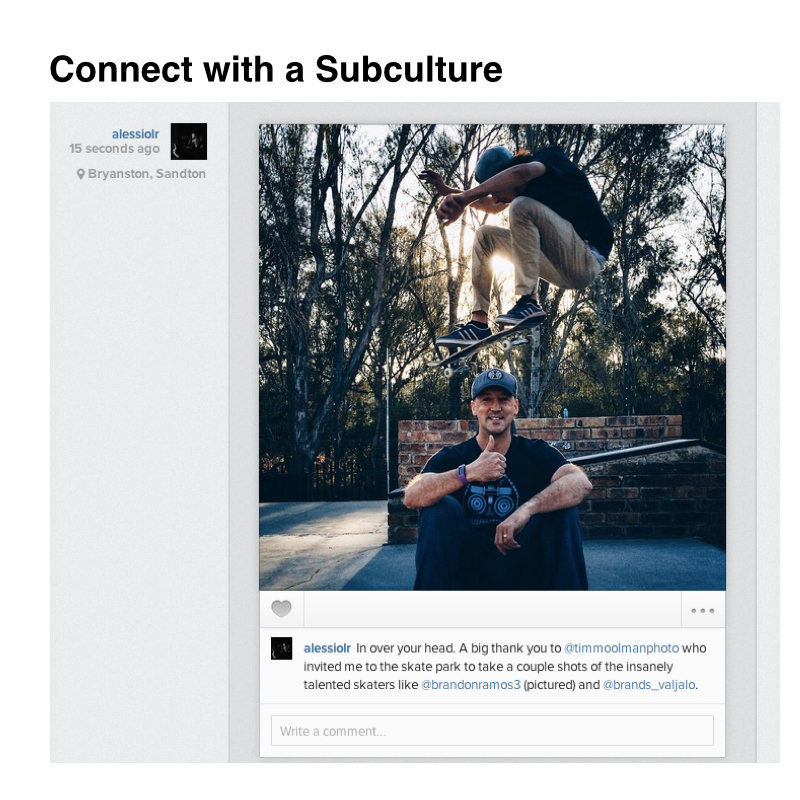
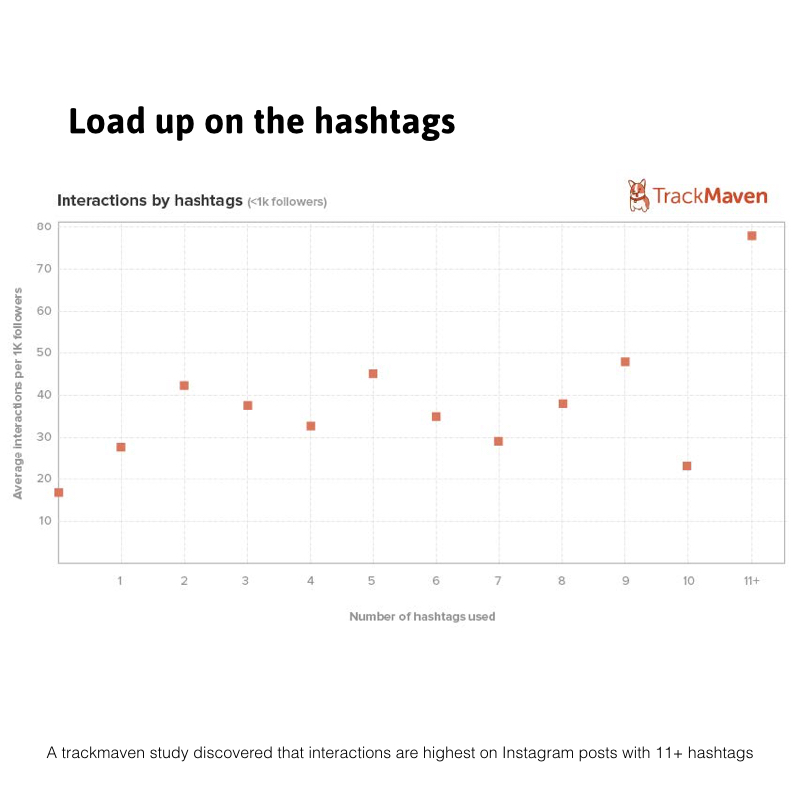
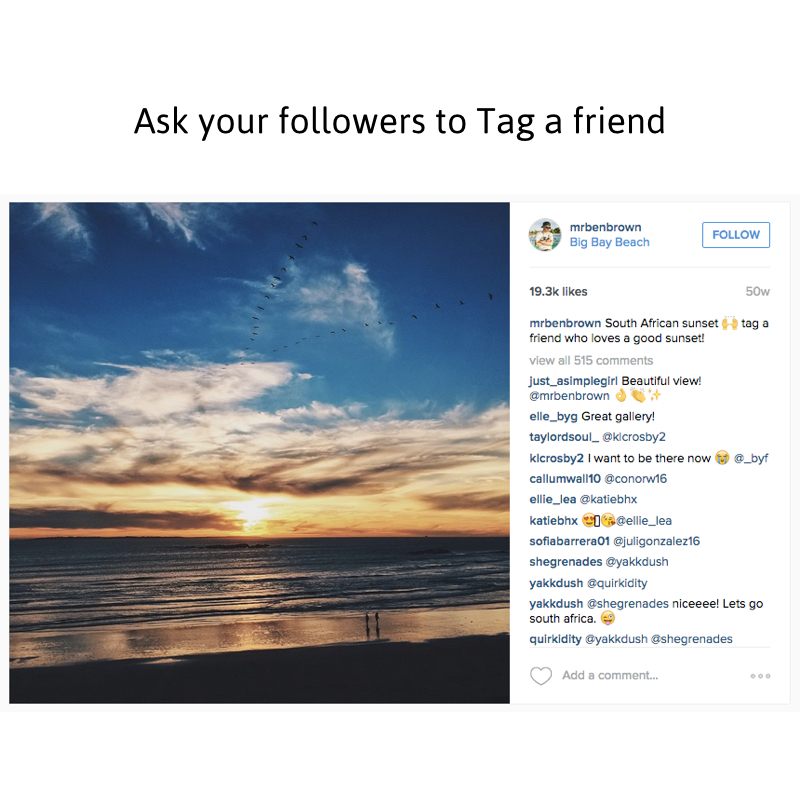



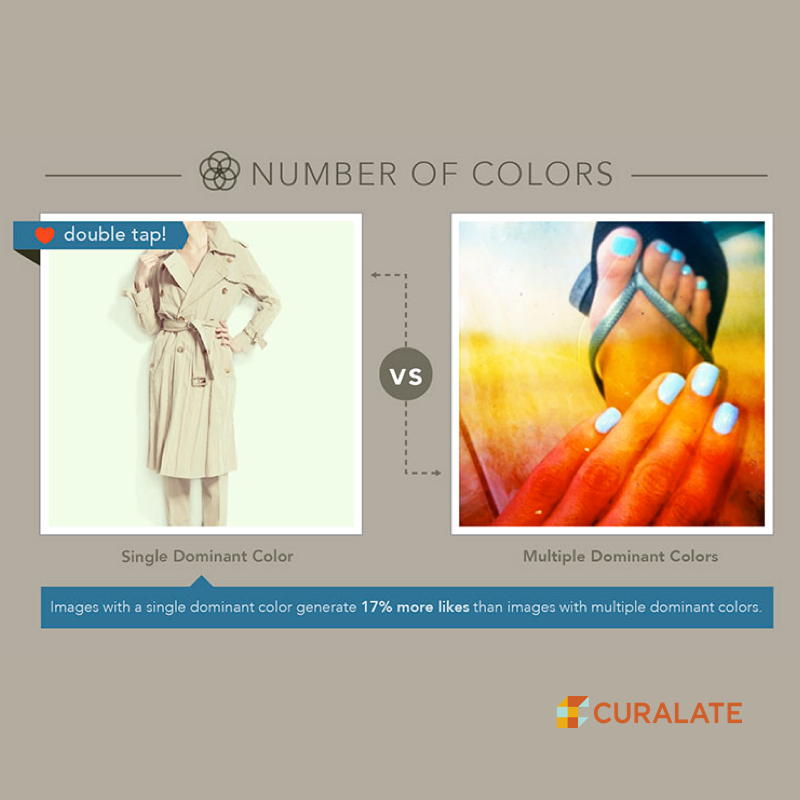
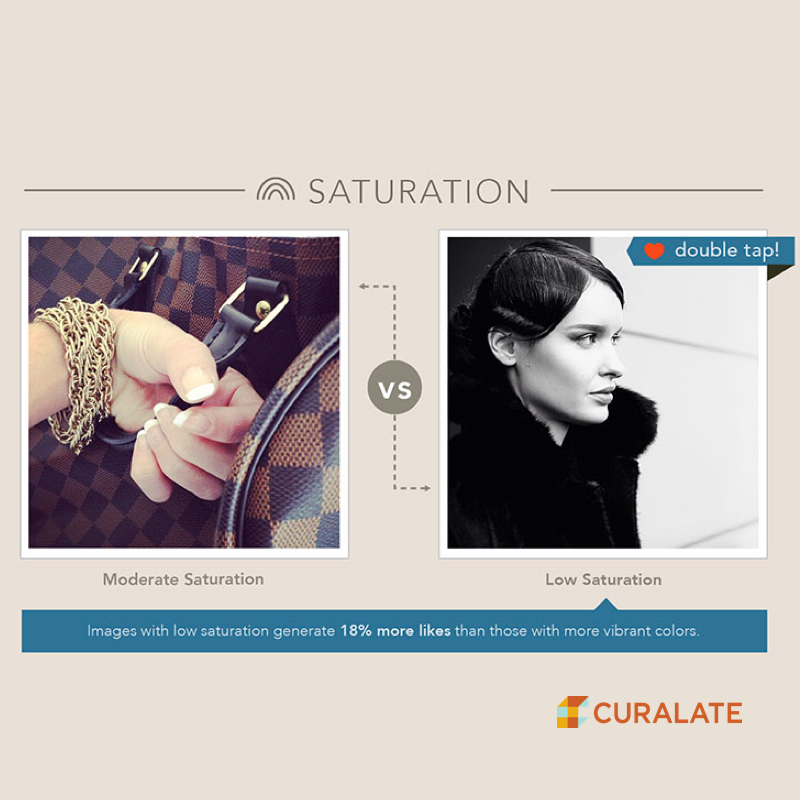
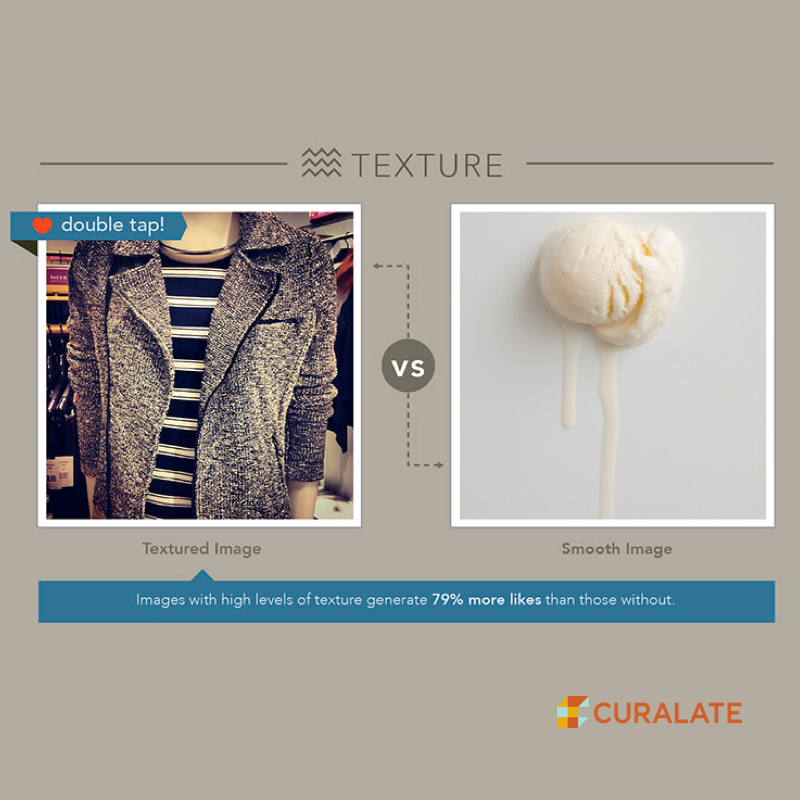

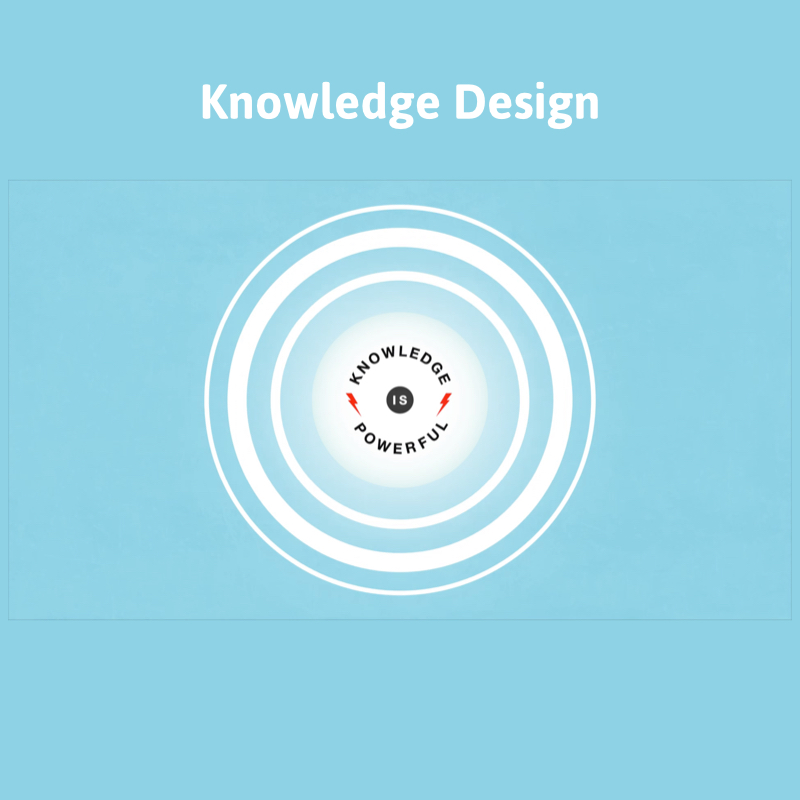




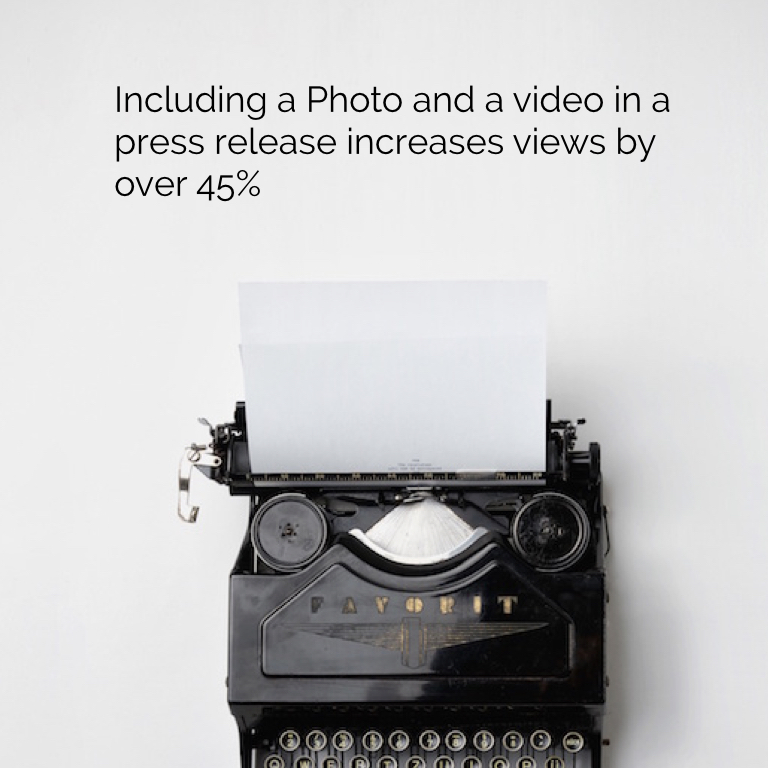

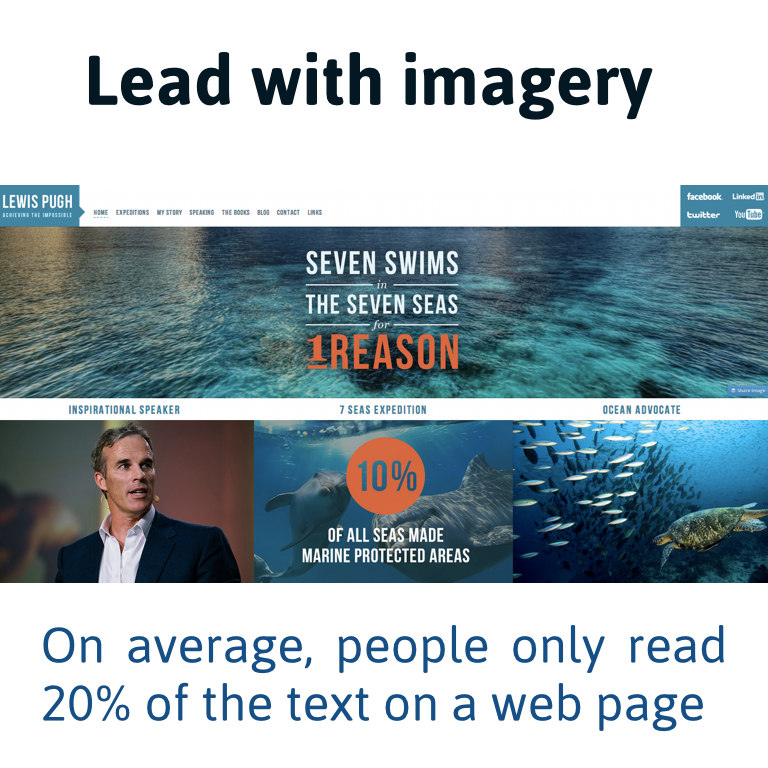
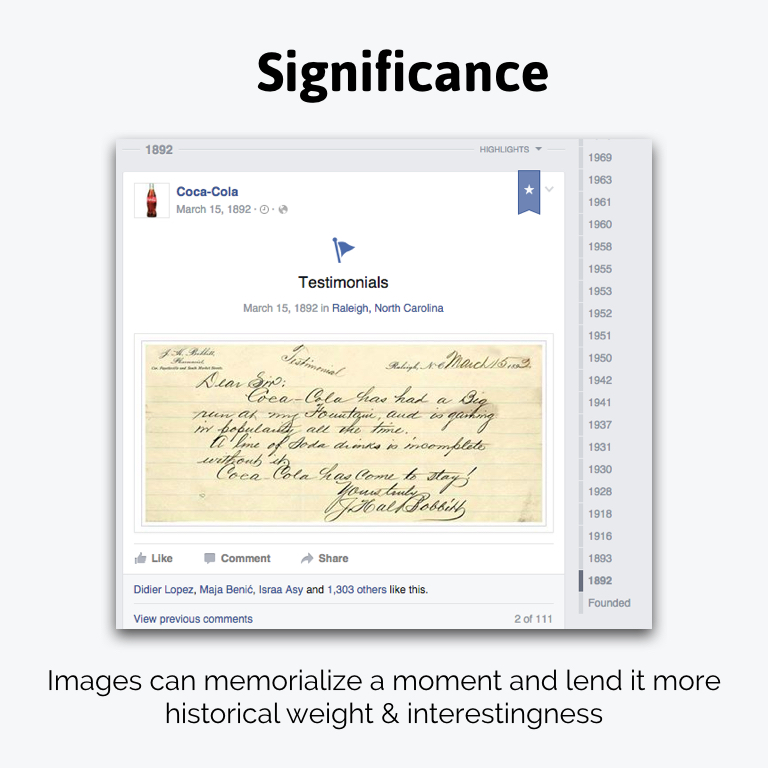


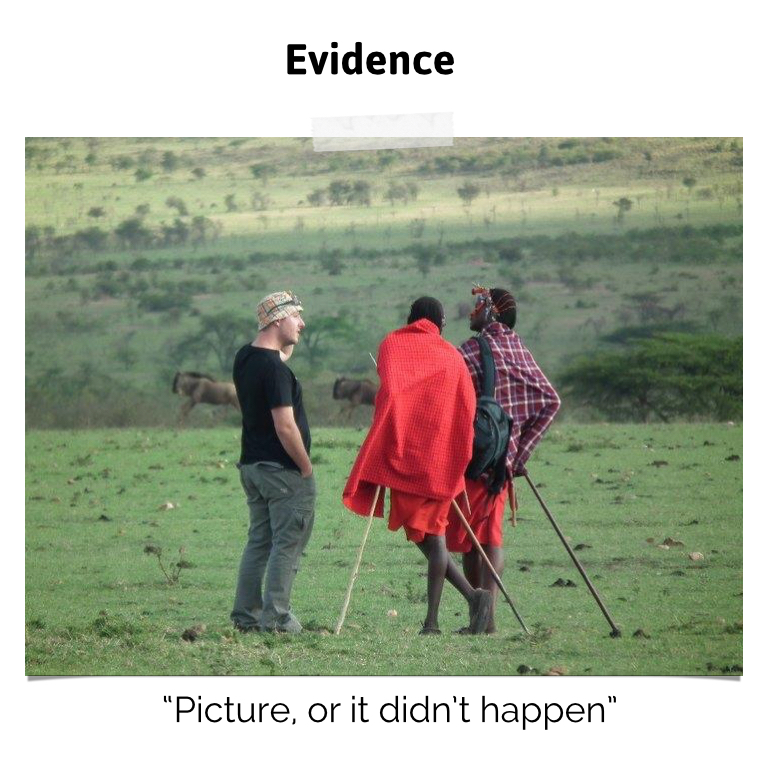
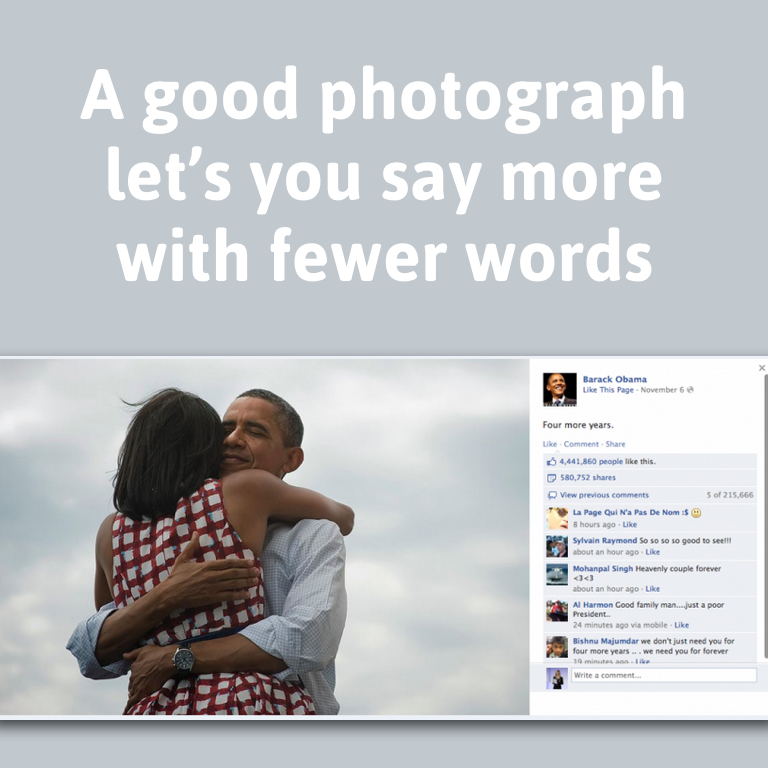

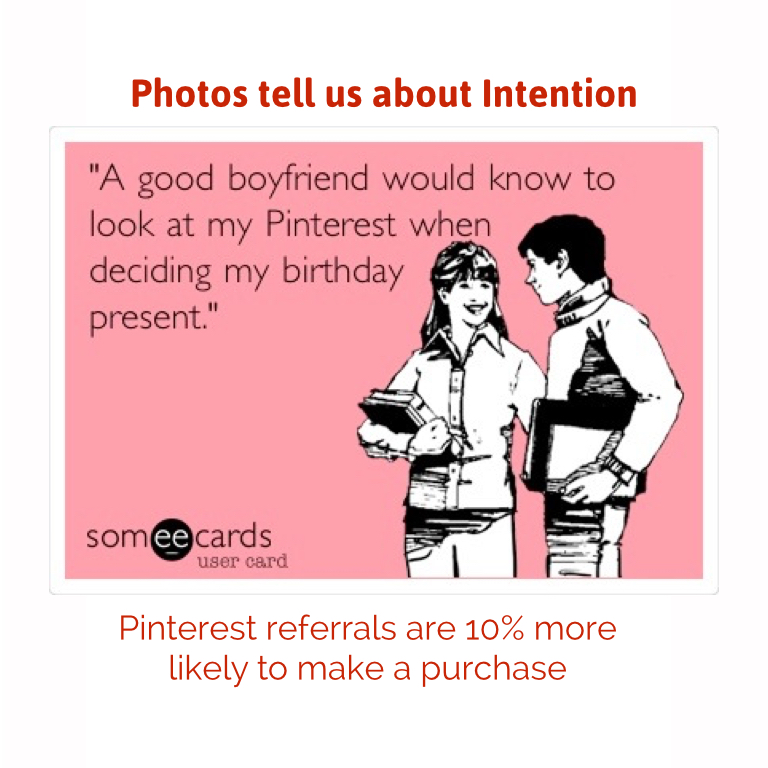








Learn to launch a spectacularly successful social media campaign.